39 calculate glycemic index food labels
How to Calculate Glycemic Load - dummies 72 x 36 = 2,592 / 100 = 26 glycemic load To find the amount of available carbohydrates in packaged foods, simply check the nutrition facts label. Figuring out what the numbers mean Knowing how to calculate the glycemic load of a food is great, but it's not quite enough. The end measurement is what's most important to know. Glycemic Index Calculator This tool can be very useful when it comes to analyzing the effects of the food we eat on our blood sugar levels. It is based on an elaborated database containing glycemic values for aliments in various categories: fruits, vegetables, legumes, nuts, grains, pasta, bread, bakery products, dairy, meals, sugar types, treats and beverages.
Glycemic Index: What It Is and How to Calculate It - Simple.life Blog Glycemic Load is a correction tool that gives you a more realistic picture of how food will influence your blood sugar. The formula looks like this: GL = (GI/100) x (net grams of planned carbohydrate) This calculation is a combination of portion size and glycemic index to give you a clearer picture of how the food will impact your blood sugar.
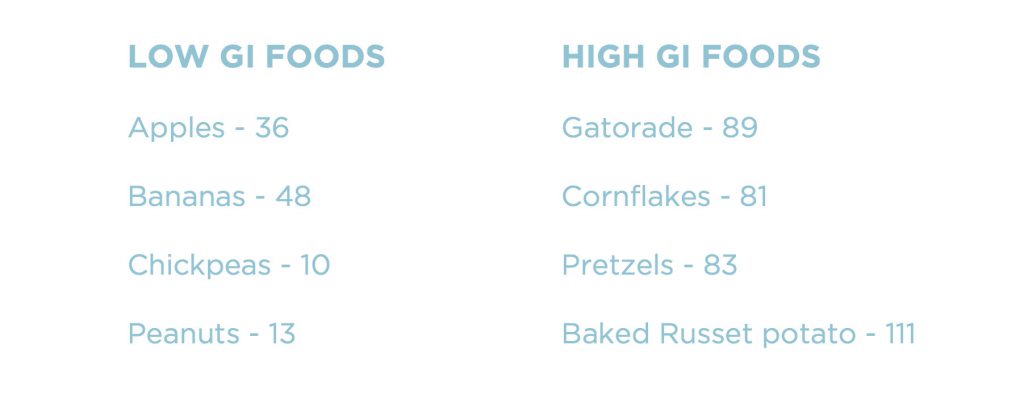
Calculate glycemic index food labels
Learn to Calculate Glycemic Index | Bauman College The math is simple. To assess how a packaged food will affect your blood sugar, find the carbohydrate number in the label, subtract the grams of fiber and sugar alcohols. Your result will be the grams of digestible carbohydrates. The higher the number the bigger the effect on blood glucose. carbohydrate - grams of fiber (and sugar alcohols) = Glycemic Load Calculator Glycemic index must be determined in laboratory conditions for each and every food, while glycemic load uses GI value and is determined using the following formula: GL = GI * carbs / 100. where: GL - glycemic load; GI - glycemic index; and. carbs - the amount of carbohydrates in the portion. As you can see, you need to know the glycemic index ... How to Calculate Glycemic Load: 10 Steps (with Pictures) - wikiHow Health 5. Multiply the GI by the amount of carbohydrates and divide by 100. Take the GI you found in the first part and the amount of carbohydrates you found for the serving size you plan to consume and multiply them together. Then, divide the result by 100 to find the glycemic load.
Calculate glycemic index food labels. How to Calculate the Glycemic Index | livestrong Multiply 0.46 by 83 to get 38.18. For the orange juice, multiply 0.54 by the GI of 46 to get 24.84. Step 4 Add the results of Step 3 together. In this example, add 38.18 and 24.84 to get the sum of 63.02, which is the total glycemic index of the meal. Things You'll Need Glycemic index table or database Calculator Pencil and paper Tip Calculate the glycemic index (GI) of foods | GI tables - Biotrendies Glycemic index calculator The process is very simple. Simply select the food and click on "Calculate". Immediately you will get the approximate glycemic index of the selected food, along with a small comparison with other similar foods. Why is it useful to use a calculator to find out the GI of foods? How to Calculate Glycemic Index The result you obtained You can determine this by dividing the total gram of carbs with each component's grams inside the meal. For instance, if we consider the same previous example, then a meal with orange juice and oatmeal's has 48g of carbs. You can divide the carbs in each (orange juice and then oatmeal separately) with 48g of carbs. Reading Food Labels | GI Foundation To find out which foods carry the GI Symbol click here. Health Star Rating System (HSR) This voluntary Australian Government front-of-pack labelling system rates the overall nutritional profile of packaged food, from ½ a star to 5 stars. The more stars, the healthier the choice. All GI Symbol products have a 3.5 star rating or higher.
How to Read Nutrition Labels for Low-Glycemic Shopping Although nutrition facts labels include data on total carbohydrates and sugars, that doesn't give you much to go on as far as glycemic load. To determine that, you really need to know what the food is made up of. For instance, if you find whole-grain bread, you need to know what grain was used to make it — wheat, oats, or millet. Glycemic Index Calculator - Which Foods are High on GI Index? By ShapeFit Fitness Calculators The glycemic index (GI) is a scale which ranks carbohydrate based foods based on how they affect blood glucose levels, by comparing them to glucose. The glycemic index measures how much your blood sugar level increases after eating certain foods. Result Glycemic Index for Selected Food : JOIN OUR NEWSLETTER Can I Tell What the Glycemic Index Is by Reading a Food Label? The glycemic index score indicates how quickly and how much the carbohydrates in a food are likely to increase your blood sugar levels. Foods that have a higher carbohydrate content per serving will have more of an effect on blood sugar levels than those with only a small amount of carbohydrates. Glycemic Index Calculator The Glycemic Index (GI) is a scale from 0 to 100 that corresponds to how much a carbohydrate raises a person's blood sugar level by after eating. Pure glucose is given a value of 100, which represents the relative rise in the person's blood glucose level two hours after consuming it.The glycemic index definition was introduced in 1981, and it is commonly used to help people with diabetes to ...
› createJoin LiveJournal Password requirements: 6 to 30 characters long; ASCII characters only (characters found on a standard US keyboard); must contain at least 4 different symbols; › food-labels › art-20047648Reading food labels: Tips if you have diabetes - Mayo Clinic Jun 25, 2021 · If your meal plan is based on carbohydrate counting, food labels become an essential tool. Look at total carbohydrates, not just sugar. Evaluate the grams of total carbohydrates — which include sugar, such as added sugars; complex carbohydrates; and fiber — rather than only the grams of sugar. Glycemic index claims on food labels: review of Health Canada's ... Abstract. Recently Health Canada (HC) published its opinion that including glycemic index (GI) values on food labels would be misleading and not add value to nutrition labeling and dietary guidelines to help consumers make healthier food choices. Important areas of concern were identified by HC, but the discussion of them is scientifically invalid. How To Calculate Glycemic Index From Nutrition Label In Japan, nutritional supplements are taken by greater than 90% of the populace, the typical life expectancy is 84 years, in the U.S.A., nutritional supplements are taken by 80% of individuals, life span is 79 years, in Europe - 50%, life expectancy is more than 75 years. Nowadays, biologically energetic supplements must be connected to a ...
› article › 470019-sourdoughSourdough Bread & Blood Sugar | livestrong The glycemic index is a 100-point scale used to measure the effect of carbohydrate-rich foods on blood sugar levels. Foods that have a high glycemic index of greater than 70 on the scale may cause sudden and extreme spikes in blood sugar levels, while those with a glycemic index of 55 or less produce a more gradual increase.
Glycemic Index (GI) Calculator - Free Online Calc Calculate Glycemic Index (GI) for Selected Food: -Low (GI) Food has a rating of 55 or less. -Medium (GI) Food has a rating of 56-69. -High (GI) Food has a rating of 70 or more.
How to calculate the glycemic index from food labels? After calculating the proportion of carbs, multiply it with the standard glycemic index of the components. You can easily locate the standard GI on the GI table. Now, add up the results of the components obtained in step 3 to have a total GI score. Conclusion - How to calculate the glycemic index from food labels?
› Go-Raw-Sprouted-Pumpkin-Seeds › dpAmazon.com : Go Raw Pumpkin Seeds with Sea Salt, Sprouted ... Harvested For You Sprouted Pumpkin Seeds with Sea Salt 22oz Bag, Non GMO, Keto Snacks, Paleo, Gluten Free, Vegan, Organic, Plant Based, High Protein, Low Glycemic Index, Peanut Free Facility 4.7 out of 5 stars 3,160
tools.acc.org › ascvd-risk-estimator-plusASCVD Risk Estimator - American College of Cardiology For more information about the inputs and calculations used in this app, see “Terms and Concepts” in the Resources tab below. ** 10-year risk for ASCVD is categorized as: Low-risk (<5%) Borderline risk (5% to 7.4%) Intermediate risk (7.5% to 19.9%) High risk (≥20%) Indicates a field required to calculate current 10-year ASCVD risk for patients age 40-79 or Lifetime risk for patients age ...
› keto-diet-plan-best-and-worstBest and Worst Keto Sweeteners [Is Sucralose or Stevia Keto?] Mar 28, 2022 · The glycemic index for pure sucralose is 0, so you can use this as you would stevia extract. In pure form, it has little to no effect on blood sugar levels. It has no nutritional value, since it is practically not absorbed by the body, mostly excreted unchanged in the feces, and the little that is absorbed is excreted intact in the urine.
How to Calculate the Glycemic Load of Your Meal: 11 Steps - wikiHow Find the glycemic load of the meal. Take the total glycemic value of the meal from step 7 and multiply it by the net carbs of the meal from the previous step and then divide your answer by 100. Example: 55.53 (GI value) * 39 (net carbs) = 2165.67 2165.67 / 100 = 21.66 (rounded) 11 All done! You now know the glycemic load of the meal.
› what-is-glycemic-indexWhat Is Glycemic Index? - Academy of Nutrition and Dietetics Nov 19, 2019 · Pair a high GI food with a lean steak or a piece of salmon, a side of broccoli and a salad with vinaigrette, and the protein, fiber and fat all will serve to lower the glycemic index of the meal. In addition, the glycemic index doesn't take into account how much we're actually consuming. The GI value of a food is determined by giving people a ...
How do I calculate the glycemic index from a nutrition label? The glycemic index is a number that gives people an idea of how quickly their body converts carbs in a food into glucose. Two foods with the same amount of carbohydrates may have varying glycemic index numbers. The lower the number, the less impact the food will have on the blood sugar. 55 or less = Low. 56- 69 = Medium. 70 or above = High.
How to Calculate Glycemic Load: 10 Steps (with Pictures) - wikiHow Health 5. Multiply the GI by the amount of carbohydrates and divide by 100. Take the GI you found in the first part and the amount of carbohydrates you found for the serving size you plan to consume and multiply them together. Then, divide the result by 100 to find the glycemic load.
Glycemic Load Calculator Glycemic index must be determined in laboratory conditions for each and every food, while glycemic load uses GI value and is determined using the following formula: GL = GI * carbs / 100. where: GL - glycemic load; GI - glycemic index; and. carbs - the amount of carbohydrates in the portion. As you can see, you need to know the glycemic index ...
Learn to Calculate Glycemic Index | Bauman College The math is simple. To assess how a packaged food will affect your blood sugar, find the carbohydrate number in the label, subtract the grams of fiber and sugar alcohols. Your result will be the grams of digestible carbohydrates. The higher the number the bigger the effect on blood glucose. carbohydrate - grams of fiber (and sugar alcohols) =



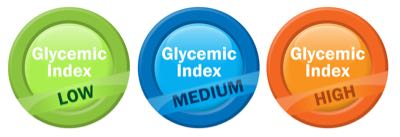
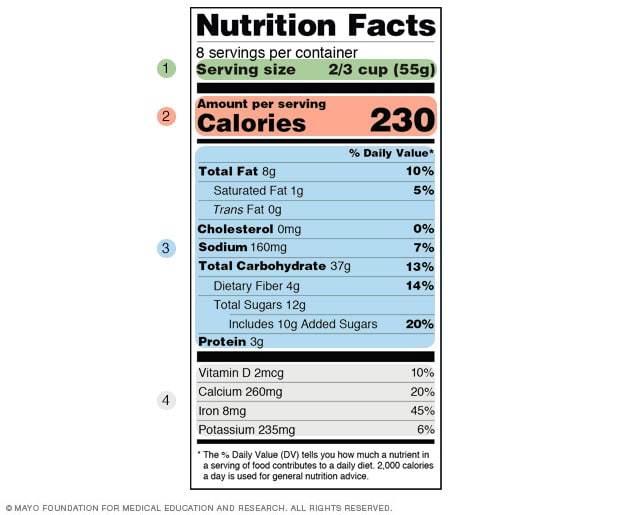

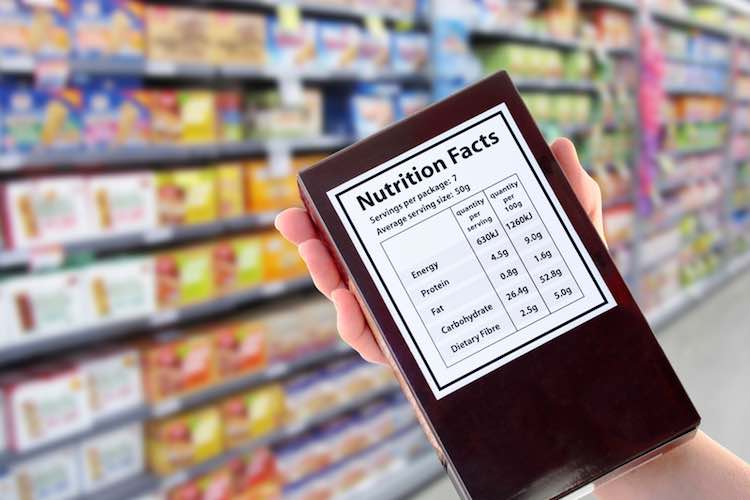
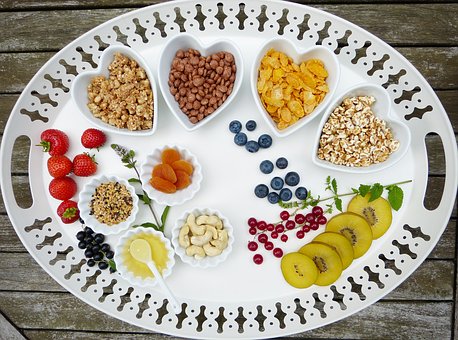


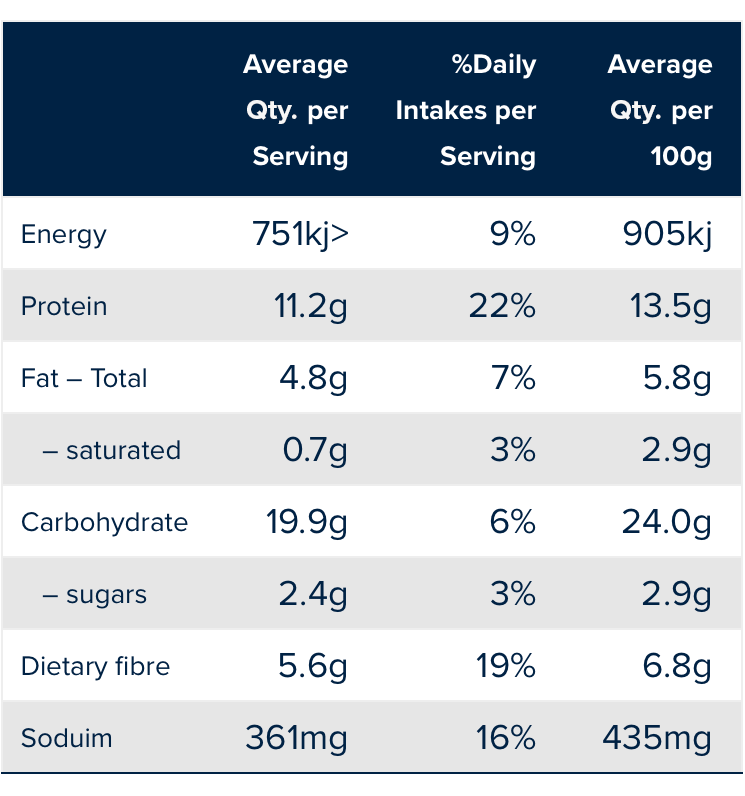

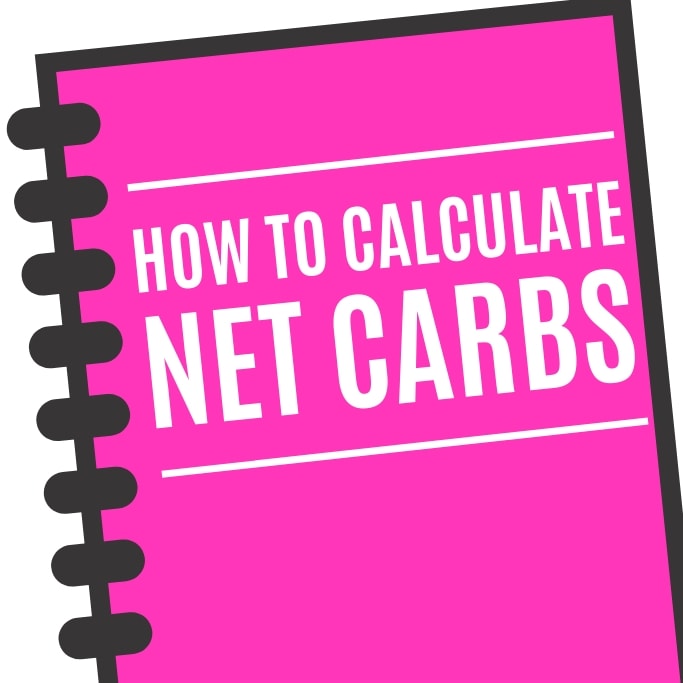

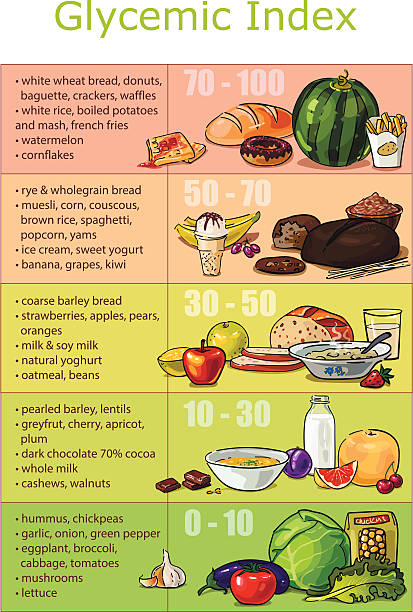
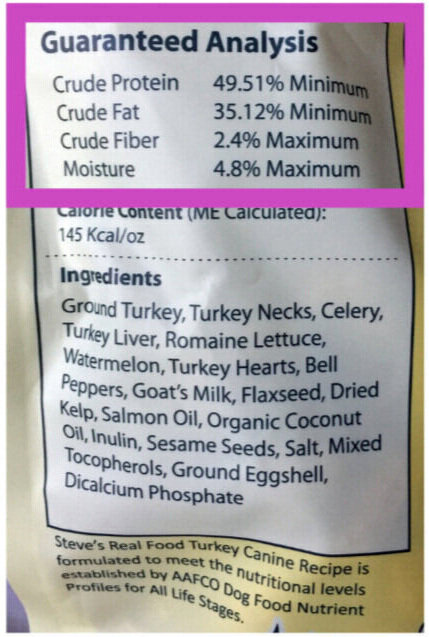
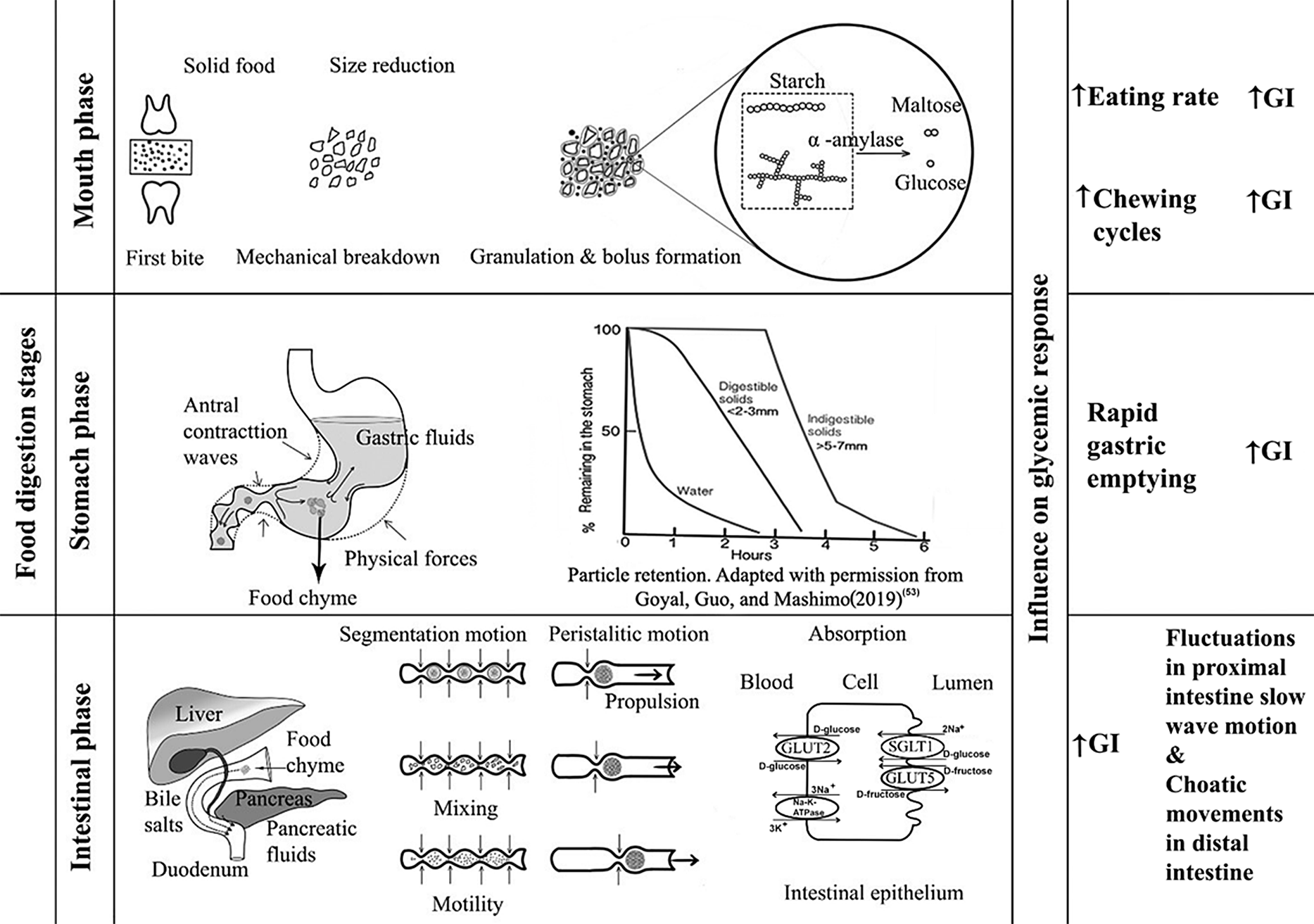

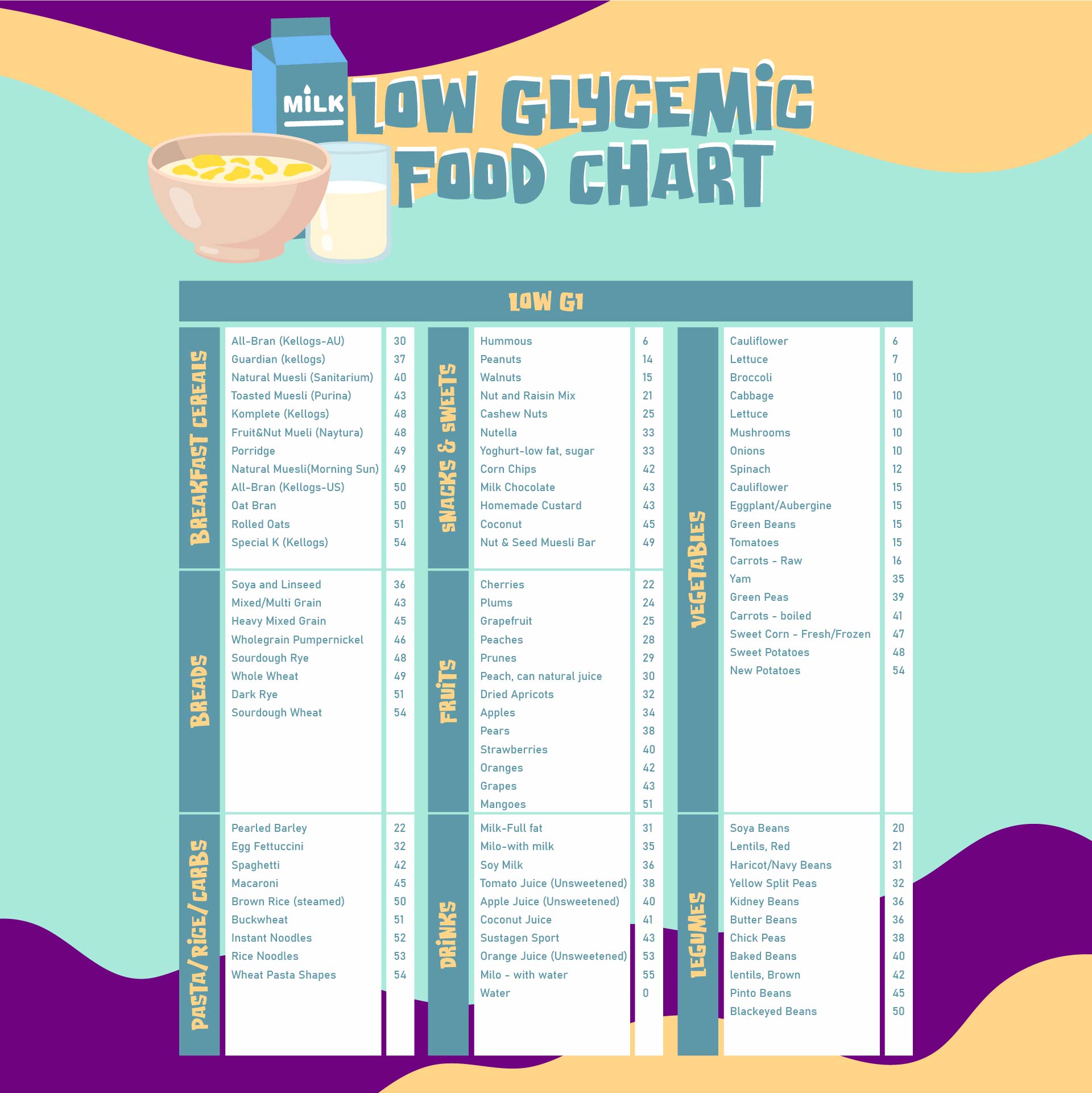



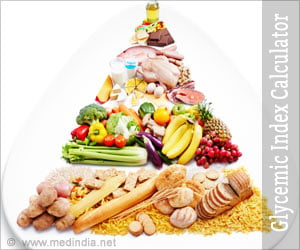

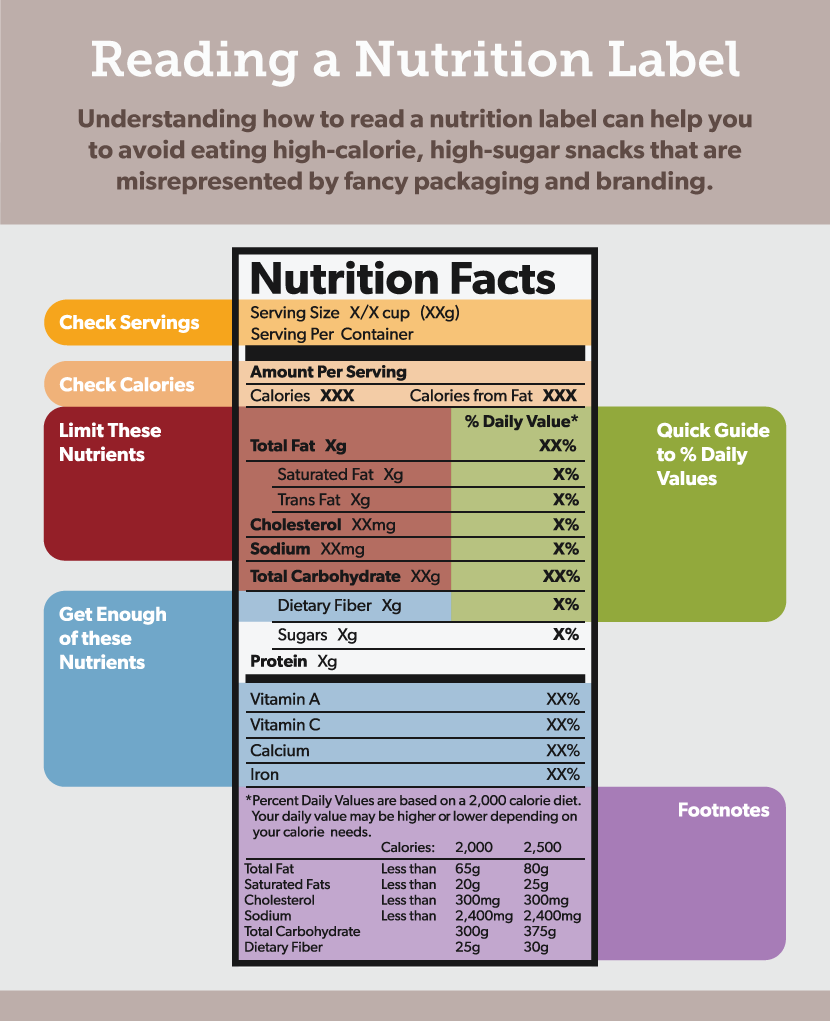

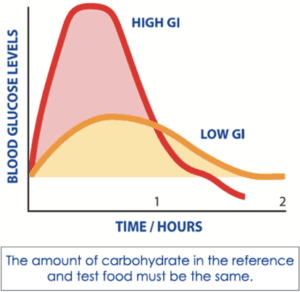




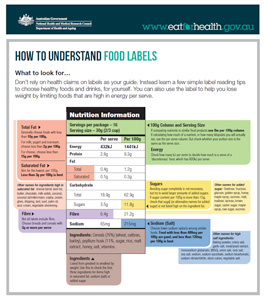

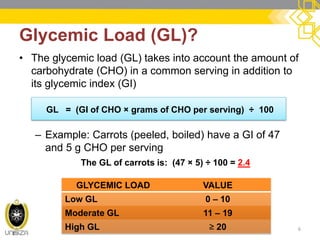
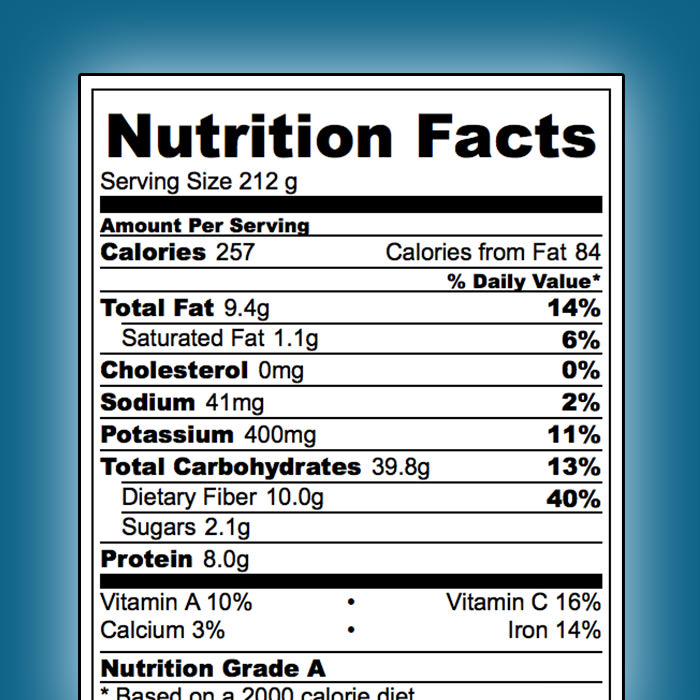
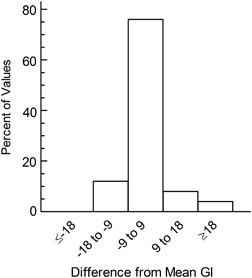
Post a Comment for "39 calculate glycemic index food labels"